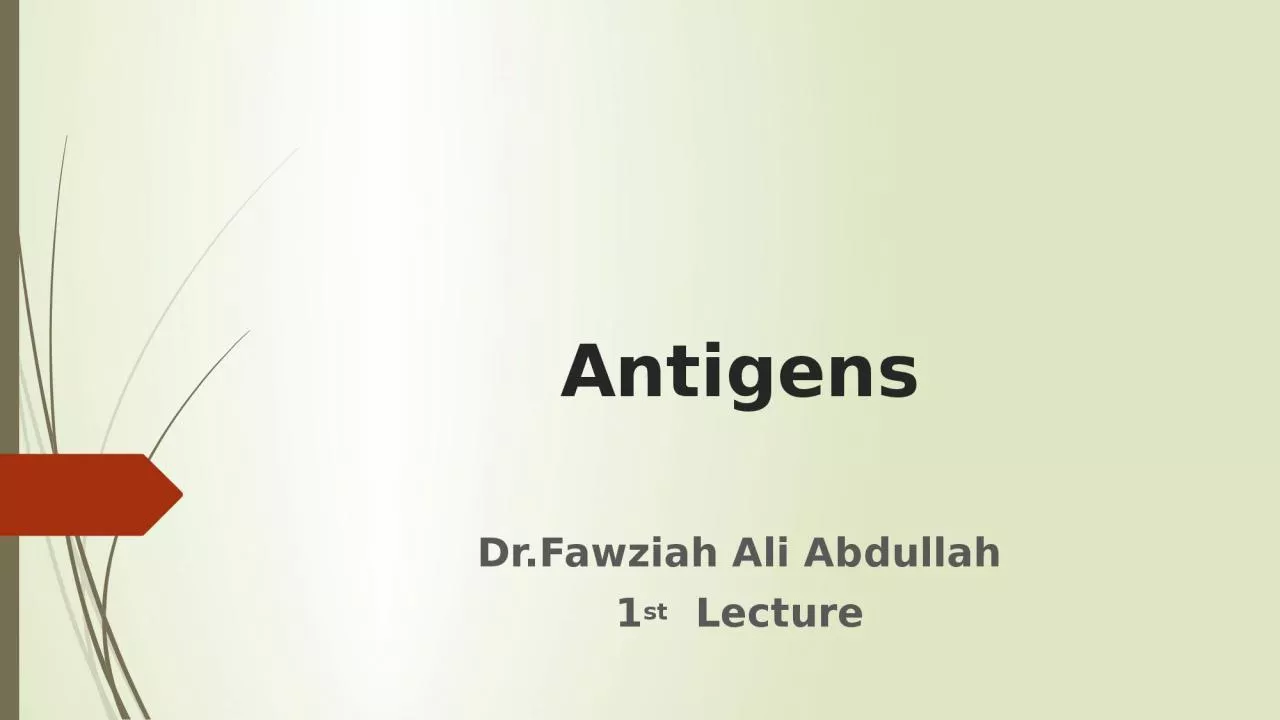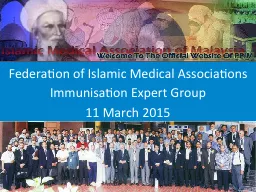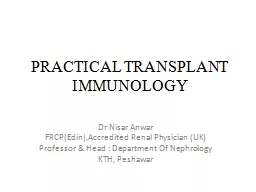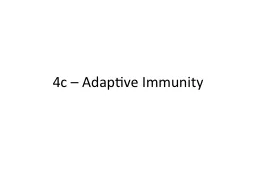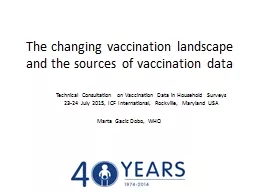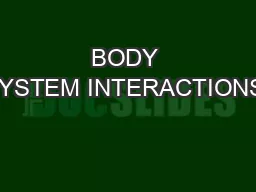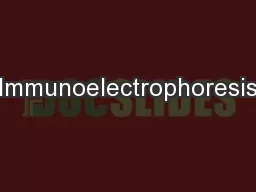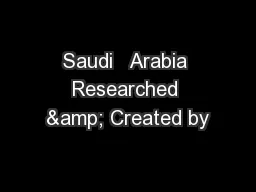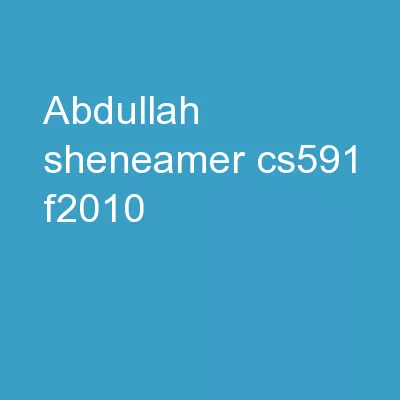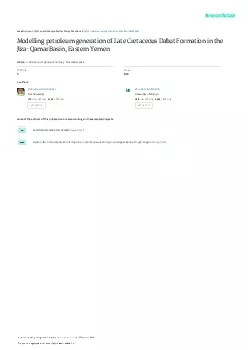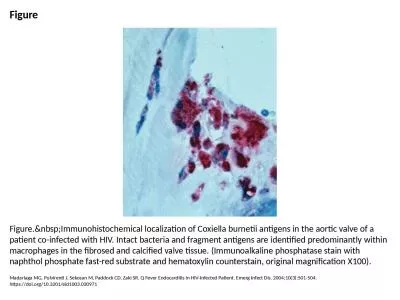PPT-Antigens Dr.Fawziah Ali Abdullah
Author : jacey | Published Date : 2022-06-11
1 st Lecture Definitions Immunity Latin immunitas is a universal biological phenomenon that develops many programs based on the unique genotype of the body
Presentation Embed Code
Download Presentation
Download Presentation The PPT/PDF document "Antigens Dr.Fawziah Ali Abdullah" is the property of its rightful owner. Permission is granted to download and print the materials on this website for personal, non-commercial use only, and to display it on your personal computer provided you do not modify the materials and that you retain all copyright notices contained in the materials. By downloading content from our website, you accept the terms of this agreement.
Antigens Dr.Fawziah Ali Abdullah: Transcript
Download Rules Of Document
"Antigens Dr.Fawziah Ali Abdullah"The content belongs to its owner. You may download and print it for personal use, without modification, and keep all copyright notices. By downloading, you agree to these terms.
Related Documents

